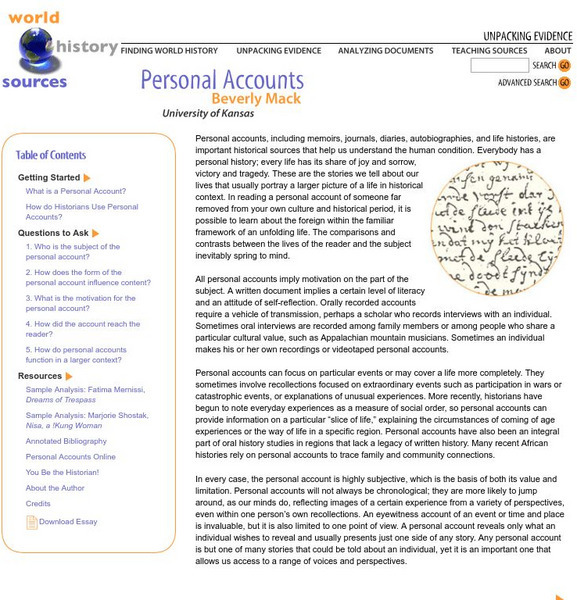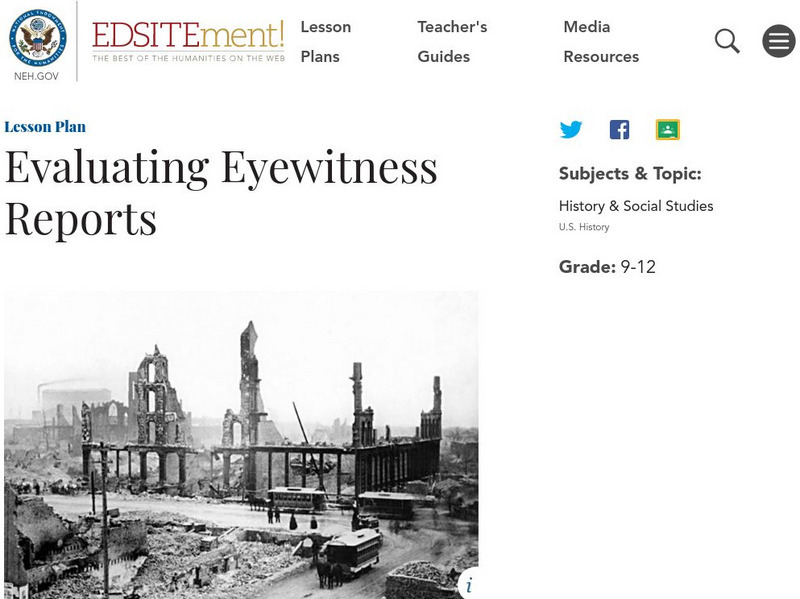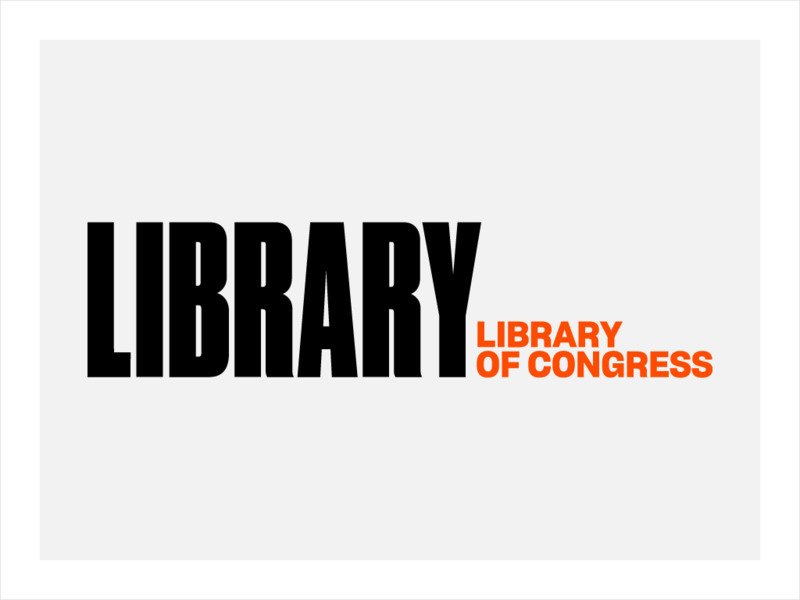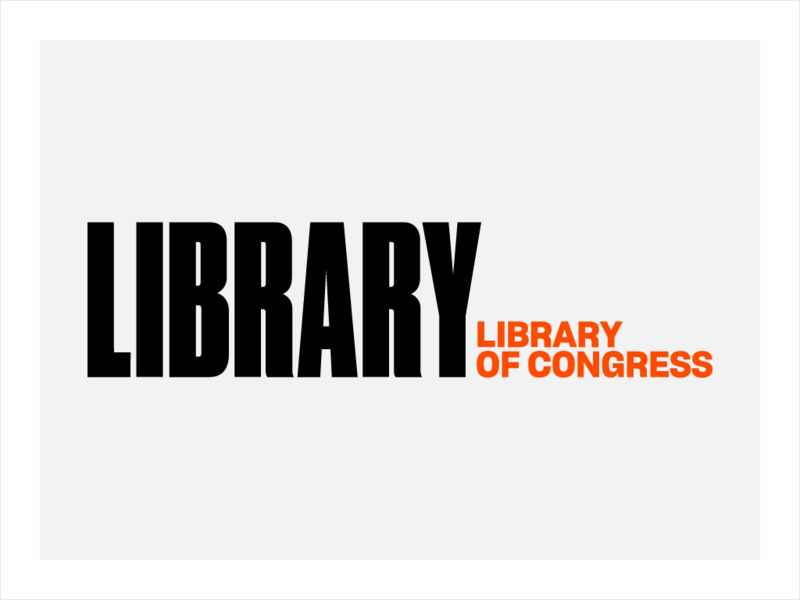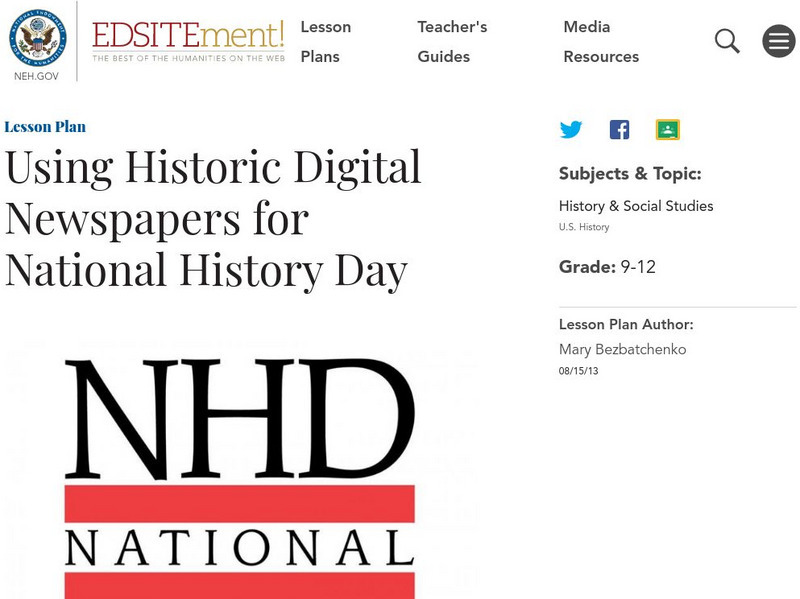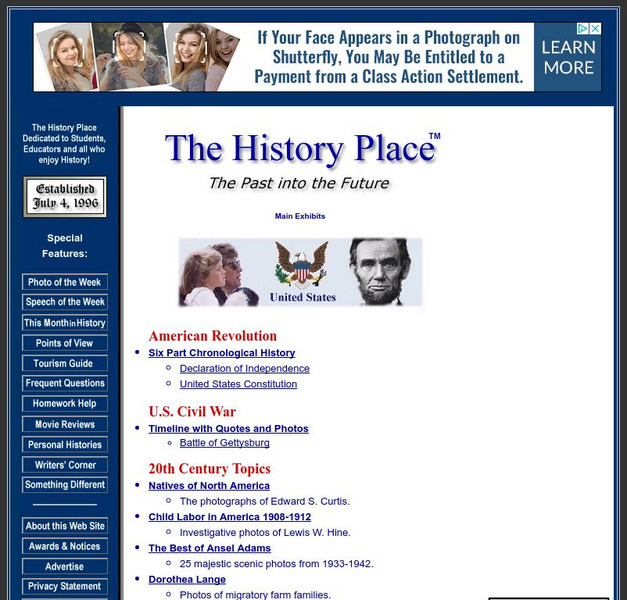Hi, what do you want to do?
Thinkport Education
Thinkport: The Revolutionary Americas
Find relationships among primary and secondary sources of information that identify where information from different sources converges and where it differs.
George Mason University
George Mason University: World History Sources: Material Culture: Images
Investigate the meaning of different cultures' images and materials. Learn to examine different questions such as what is the image, what is the meaning, what is the function, and what is the social condition.
George Mason University
George Mason University: World History Sources: Newspapers
Discover how historians use newspapers and learn about the development of the modern newspaper. Get answers to many questions about different newspapers.
George Mason University
George Mason University: World History Sources: Official Documents
A guide to dissecting official documents. Learn how to find the author of documents, the primary audience, and other important information.
George Mason University
George Mason University: World History Sources: Personal Accounts
Discover how journals, memoirs, diaries, and autobiographies are important historical sources. Learn how historians use these personal accounts and get other questions answered.
George Mason University
George Mason University: World History Sources: Travel Narratives
Learn about the importance of travel accounts to history. Discover how the observations and experiences of travelers can play important parts in history.
Library of Congress
Loc: Primary Source Investigation
Choose from a list of photos from the Civil War, Reform, Harlem Renaissance, and Campaign to study and record observations.
National Institutes of Health
Ncbi: Pub Med
This free index provides citations for biomedical articles from scholarly journals. For the actual article, library resources will have to be consulted.
George Mason University
Chnm: Children & Youth History
"Children & Youth in History is a world history resource that provides teachers and students with access to sources about young people from the past to the present."
National Endowment for the Humanities
Neh: Edsit Ement: Evaluating Eyewitness Reports
In this lesson, students practice working with primary documents by comparing accounts of the Chicago Fire and testing the credibility of a Civil War diary.
Library of Congress
Loc: Creating a Primary Source Archive: All History Is Local
A lesson plan where students collect local primary documents and examine the interplay between national, state, local, and personal history.
Google
Google News Archive
Access thousands of primary sources documenting historic events with this Google news archive tool.
Digital History
Digital History: An Intro to the Study of History: The Four Questions [Pdf]
How does one study history? Find four basic questions that historians use to examine events in an effort to explain them and put them in historical context. By examining the Battle of Lexington and Concord, students can practice using...
Digital History
Digital History: Social Class in Colonial America [Pdf]
By examining primary sources such as diaries and tax records, and a chapter from a secondary source, learn about the social classes apparent in colonlial America. Suggested student exercises guide crtitical thinking assessment of the...
Library of Congress
Loc: Slavery in the United States: Primary Sources
This lesson introduces students to primary sources- what they are, their great variety, and how they can be analyzed. The lesson begins with an activity that helps students understand the historical record. Students then learn techniques...
Library of Congress
Loc: Oral History and Social History
This lesson presents social history content and topics through the voices of ordinary people. It draws on primary sources from the collection, American Life Histories: Manuscripts from the Federal Writers' Project, 1936-1940.
Library of Congress
Loc: Change in Early 20th Century America: Doing the Decades
This unit provides a flexible investigative structure for the study of selected themes in U.S. history and culture using the American Memory collections and related resources. Core goals are the development of relationships between...
Library of Congress
Loc: 1900 America: Primary Sources and Epic Poetry
To better understand the United States at the end of the nineteenth century, this interdisciplinary instructional activity integrates analyzing historical primary resources with literary analysis. Learners work in groups and express...
Indiana University
The Center on Congress: An Introduction to Primary Sources
Discover the difference between primary and secondary sources, then take a quiz to test your knowledge.
National Endowment for the Humanities
Neh: Edsit Ement: Using Historic Digital Newspapers for National History Day
In this lesson plan, students will consider "Using Historic Digital Newspapers for National History Day." The plan includes worksheets and other student materials that can be found under the resource tab.
US National Archives
Nara: History in the Raw
Site offers excellent reasons to approach history by using primary documents -- diaries, letters, drawings, and memoirs. Also gives teachers suggestions on where to find great sources.
Stanford University
High Wire Press Journals
Stanford University offers this database of articles from PubMed journals, as well as free full-text from 865 journals. One cool feature is the TopicMap, powered by Java, which allows you to view different aspects of topics. Good for...
Writing Fix
Writing Fix: The Wacky "Box of Rocks" Assignment
Inspired by Barry Lane's book 51 Wacky We-Search Reports, in this cross-curricular lesson plan, students learn how to summarize properly.
The History Place
The History Place: The Past Into the Future: Main Exhibits
Informative website focussing on American history from the Colonial period to present-day. Many on-line exhibits include timelines, photographs and famous quotes.









